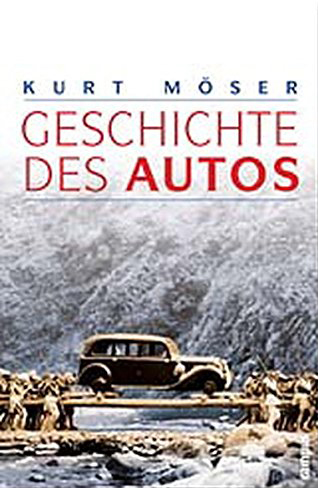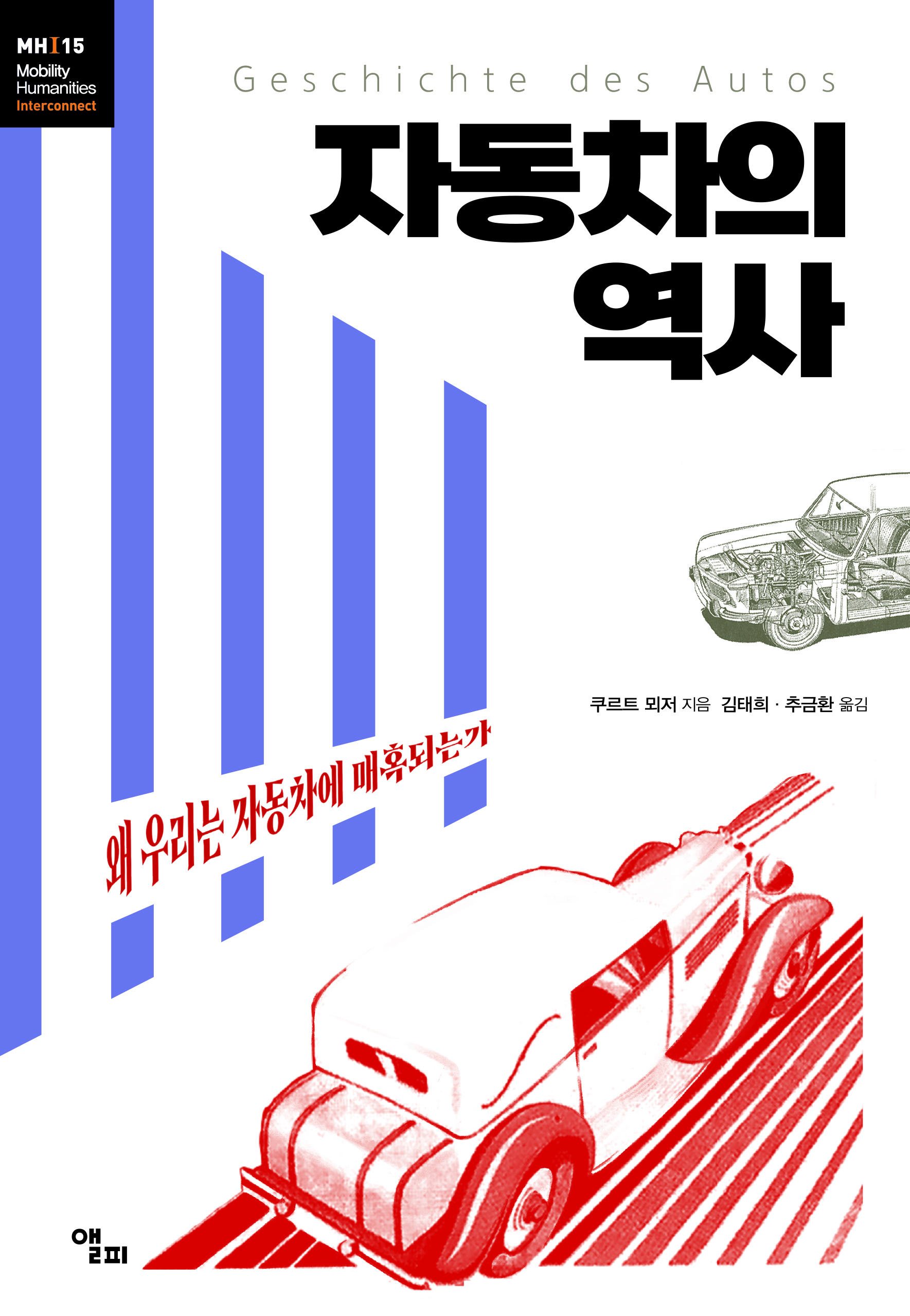Translated from…

This book is a Korean translation of the book titled Geschichte des Autos by Kurt Möser.
The history of mobility starting from carriages and bicycles
This book covers the history of mobility development, starting with carriages and bicycles and ending with advanced telecommunication technologies. It comprises various exciting stories spanning 100 years from 1866 when Daimler AG and Mercedes Benz officially launched gasoline vehicles. No item invented in the 20th century could change the world as much as automobiles. The automobile success story that the author presents is the love story between human beings and machines beyond the history of technology development. Cars make people move via diverse methods. They are not just a means of transport. Automobiles are the spaces of freedom, labour, individuality, wealth, and above all, privacy for the owners. Automobiles are global issues, changing city and cultural aspects and promoting climate change and, for individuals, the symbol of everyday cost and bothersome in exchange for comfort.
The automobile history that the author introduces contains how our mobility, initially starting from bumpy roads, develops into sleek multiline highways and what kinds of technological and cultural changes happened in between.
Truly comprehensive overview from technology to culture to desire
This book provides the latest interpretation of modern automobile culture. The influence that cars are so familiar that we don’t recognise the impact on our lives, especially our emotions and mentality, is impressive and unexpected. Above all, the fact that the author is a car lover, considering cars “his life partner,’ defines the characteristics of this book. Human beings’ every experience and desire are stamped on one automobile. Consequently this book is as abundant and prosperous as the automobiles’ influence on our living conditions.


